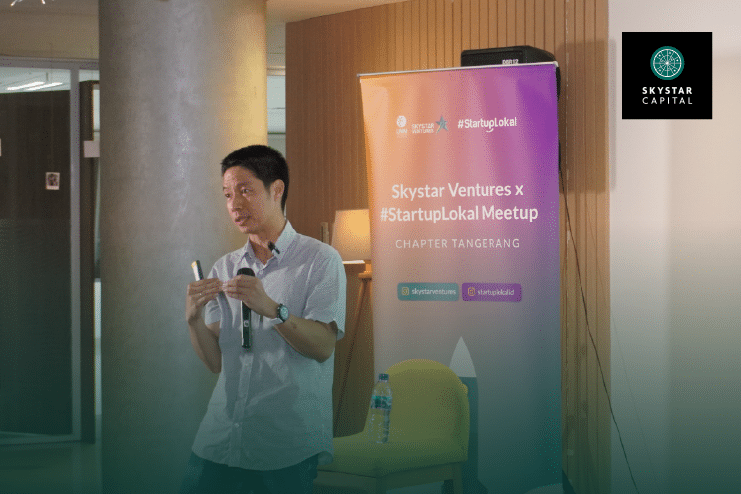Indonesia’s digital economy has seen tremendous growth, increasing from $40M in 2019 to $70M in 2021. Projections by Temasek, Bain, and Google estimate it will reach $330M by 2030 (Rasyid et al., 2023). Startups have undoubtedly been a catalyst in this ecosystem. One of the key measures of a startup’s success is its business valuation which plays a crucial role in assessing a startup’s worth for funding, acquisition, or internal assessment. Determining an accurate valuation can be challenging due to the unique and dynamic nature of early-stage businesses.
During the “Skystar Ventures UMN x StartupLokal” event on Thursday, June 6, 2024, themed “The Art of Business Valuation,” Abraham Hidayat, Managing Partner at Skystar Capital, presented five valuation methods to an audience of over 25 entrepreneurs.
The Importance of Startup Valuation
Startup valuation is crucial not only for determining the current value of the company but also for predicting its future growth potential. For startup founders, an accurate valuation can influence their ability to secure the necessary funds to grow their business with strategic growth.
For investors, valuation helps assess the risk and potential returns on their investments. According to PwC, valuations can guide different approaches since historical data on startups is often limited. Key indicators such as management experience, team composition, user base, revenue, target market, and historical product development are vital aspects for investors.
Common Valuation Methods
1. Round Norms
This method evaluates a startup by comparing it to similar companies that have recently secured funding. It involves market research (startup’s performance, market conditions, and investor sentiment) using platforms like Crunchbase or PitchBook to establish a baseline value. This approach offers a realistic and market-aligned valuation, particularly useful in rapidly changing markets.
2. Discounted Cash Flow (DCF)
DCF projects future cash flows and discounts them to present value. Its advantage lies in focusing on the future and accounting for risk. However, it is sensitive to the data and assumptions used, and involves subjective estimates.
3. Public Market Multiples
This method compares the startup to similar publicly traded companies. Market multiples provide a snapshot of current market values based on available data. However, this method may not capture unique aspects of the startup influenced by market conditions. A common ratio used is Price-to-Earnings (P/E), indicating high growth potential if the P/E ratio is high.
4. Precedent Transactions
This approach analyzes previous M&A transactions to value comparable companies. It assumes that companies operating in the same industry with similar size, growth prospects, and risk profiles will have comparable valuation multiples. The method’s simplicity and market-based data are its strengths, but finding comparable transaction data, especially in niche industries, can be challenging.
5. Return Considerations
This method focuses on the expected return on investment (ROI) from the investor’s perspective. Factors include risk levels (higher returns for higher risks), growth expectations (high growth potential), investment type (early-stage investors expect higher returns), and market competition (more competitors mean higher return expectations).
Together with Skystar Capital, we aim to assist startups in becoming catalysts for growth. By leveraging our extensive network across various sectors–including media, financial services, healthcare, hospitality, and education–we are ready to create a positive impact to help empower startups and facilitate their growth.
Ready to take your startup to the next level? Submit your proposal here or start a conversation with us at contact@skystarcapital.com. Discover more insightful activities from Skystar Capital by following our social media accounts on LinkedIn and Instagram.







